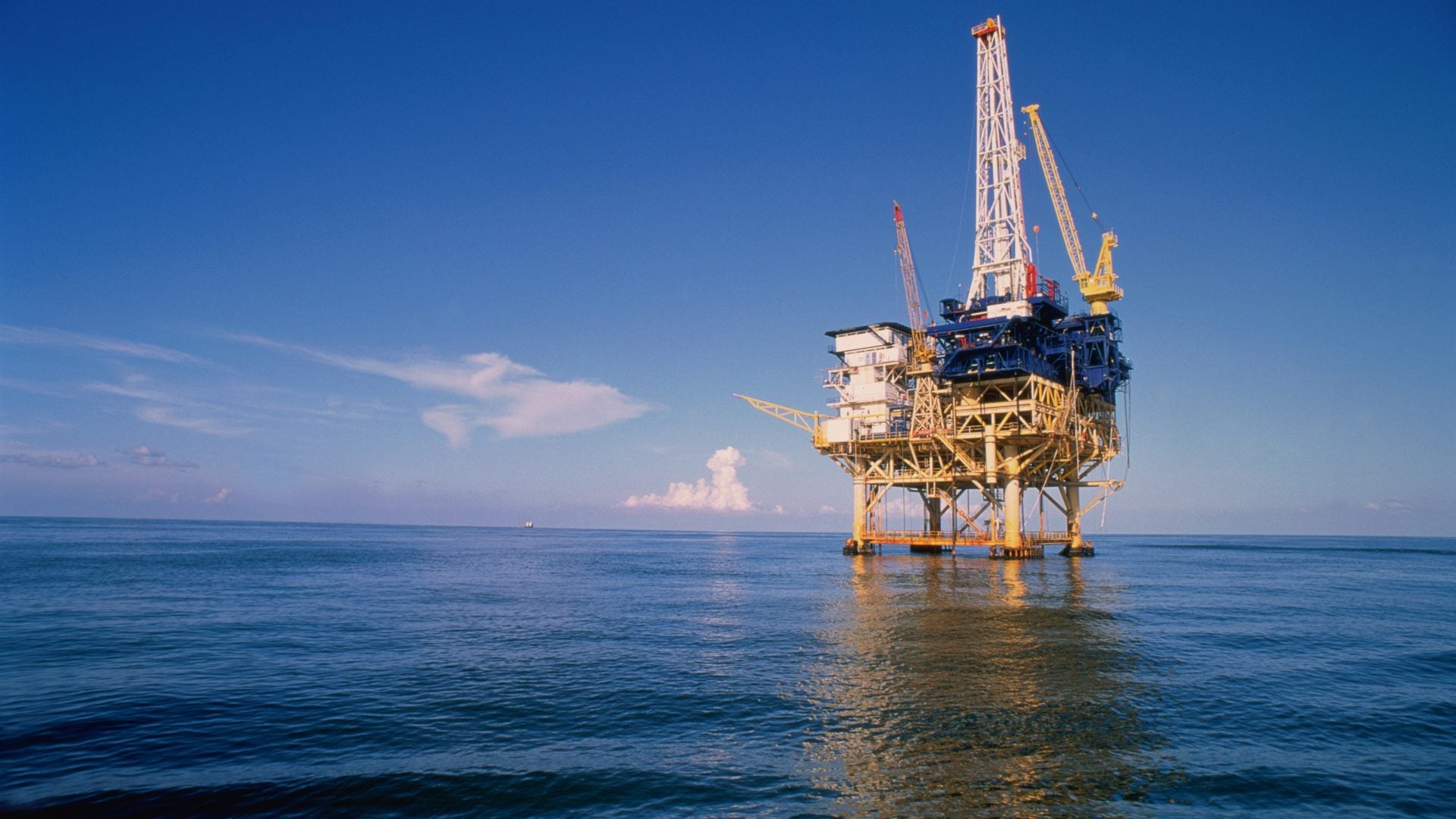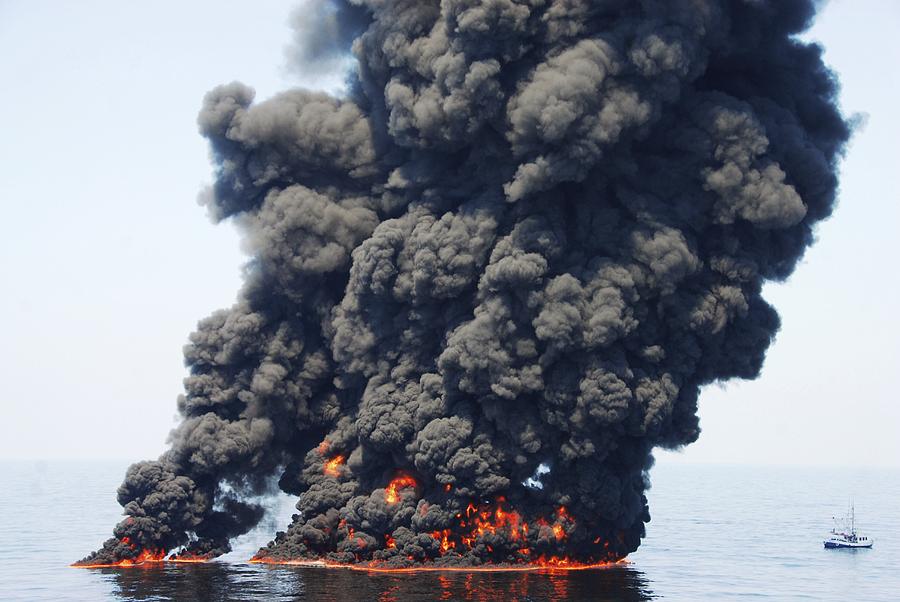


Workers said that, while they were aware of unsafe practices on the rig, they were afraid to report mistakes for fear of reprisals.Ī BP spokesman said last night: "The investigations continue to demonstrate that a range of things went wrong and that responsibility lies with a whole load of different companies. San Diego Fire-Rescue crews on scene of gas line break in Clairemont. The New York Times reported earlier this week that a survey of workers carried out by Transocean shortly before the blast suggested key safety practices had not been followed. Pressure is now likely to mount on Transocean to explain the discrepancies. The system failed to indicate that a vital valve inside the blowout preventer, the device designed to shut down the well in case of problems, had been damaged. The incident comes six weeks after a gas leak in an underwater Pemex pipeline triggered. In a third significant disclosure, Williams also revealed that a computer system used to monitor the drill shack was constantly freezing up, and on one occasion even produced wrong information. The fire also caused work to be halted at 125 oil wells for which the platform provides gas and electricity. Matter of fact, the entire fleet runs them in bypass." Hay responded: "Damn thing been in bypass for five years. When he saw that the system had been bypassed, Williams protested to a Transocean supervisor, Mark Hay, who dismissed his concerns.

He also revealed that a crucial safety device, designed to shut down the drill shack in the case of dangerous gas levels being detected, had been disabled, or bypassed as it is called. A gas platform explosion in the Gulf of Mexico has resulted in six workers being injured and several individuals reported missing, according to Mexican officials on Friday.

Williams' testimony will raise questions about whether lives could have been saved had the alarms been properly set and the disaster mitigated. When he asked why, he said he was told that the view from even the most senior Transocean official on the rig had been that "they did not want people woken up at three o'clock in the morning due to false alarms". It took about 5 hours to bring the fire under control and no injuries were reported.RELATED: US Navy tests aircraft carrier with massive explosion https://yo.
#GULF OF MEXICO FIRE FAKE FULL#
Williams said he discovered that the physical alarm system had been disabled a full year before the disaster. Of the 126 crew on board the rig on 20 April, seven worked for BP and 79 for Transocean. It switches the spotlight of blame away from BP and towards the subcontractor which took the decisions. The evidence of deliberate dilution of the rig's safety mechanisms is likely to have wide ramifications for BP and Transocean, the world's largest offshore drilling company. A fire broke out in the southern waters of the Gulf of Mexico Friday after an underwater pipeline. Sensors monitoring conditions on the rig and in the Macondo oil well beneath it were still working, but the computer had been instructed not to trigger any alarms in case of adverse readings.īoth visual and sound alarms should have gone off in the case of sensors detecting fire or dangerous levels of combustible or toxic gases. Williams told the hearing today that no alarms went off on the day of the explosion because they had been "inhibited". This website will allow you to find current information on the work and progress of federal law enforcement to combat oil-spill fraud.Mike Williams, who was in charge of maintaining the rig's electronic systems, was giving evidence to the federal panel in New Orleans that is investigating the cause of the disaster on 20 April, which killed 11 people. Throughout the Gulf Coast region, United States Attorney's Offices, the Criminal Division of the Department of Justice, and federal criminal investigative agencies, with assistance from the National Center for Disaster Fraud, are prepared to handle these cases. The Department of Justice is placing a high priority on promptly investigating and prosecuting all meritorious reports of fraud related to the oil spill and its aftermath, including fraudulent claims, charity fraud, identity theft, insurance fraud, and procurement and government-benefit fraud. As of August 23, an independent claims facility, the Gulf Coast Claims Facility, has begun the task of processing claims and disbursing payments from the $20 billion fund that BP has established for that purpose. Federal officials have identified BP as one of the responsible parties, and BP has begun to receive and process applications for claims stemming from the effects of the oil spill. Government has committed to holding all responsible parties accountable for all cleanup costs and other damage. In response to the effects of the 2010 Deepwater Horizon explosion, fire, and oil spill in the Gulf of Mexico, the U.S.


 0 kommentar(er)
0 kommentar(er)
